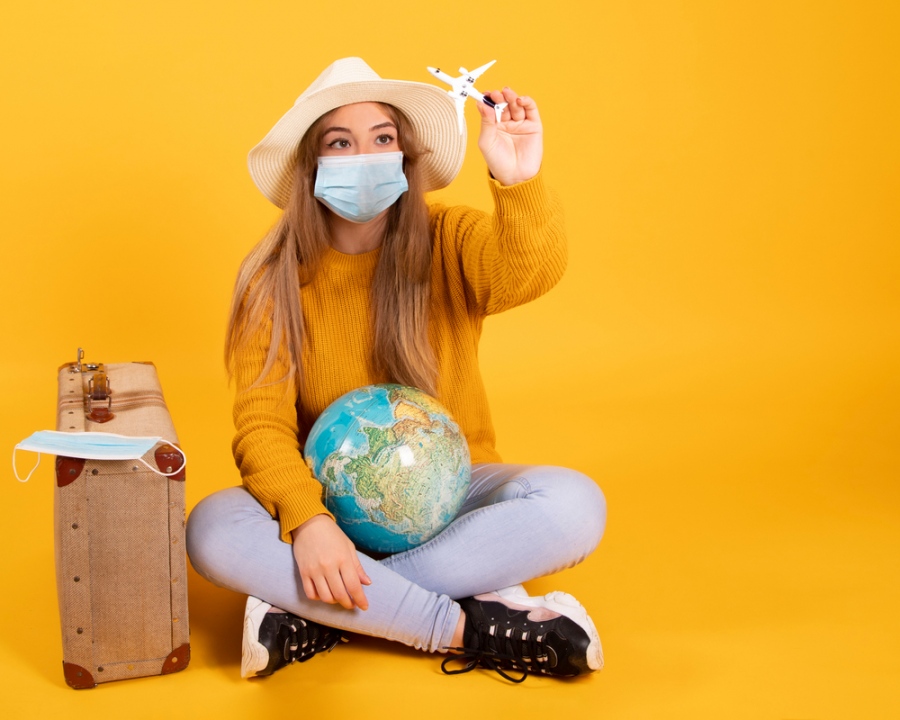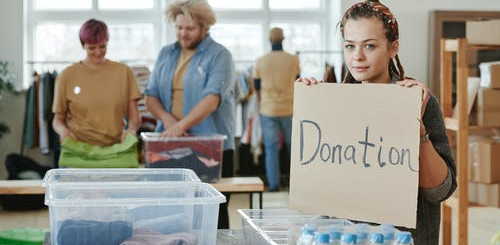Making A Journey In 2020
Whether you’re going on holiday or simply commuting to work, traveling in 2020 is a more stressful, worrying undertaking than ever before. Today we’re taking a look at some of the issues, to make sure you feel as confident as possible about the journeys you need to make.

How to Travel
While it makes sense environmentally to limit your car use, if you’re able to drive, then at the moment a car offers the advantage of a private journey, without exposure to other people. A taxi means only being close to the taxi driver, with rules in place about mask wearing and ventilation to limit the risk further, but it’s not impractical to take a taxi everywhere you go, every day.
When to Travel
One of the main problems at the moment is that it’s difficult to maintain a distance of two metres or more from people on public transport – that important distance that makes it less likely that you’ll pick up, or pass on, a case of the Coronavirus.
If you can, travel outside the usual peak rush hour times. If you are travelling for work, talk with your manager about staggering your hours so you can travel before or after the majority of people have completed their journeys. This should provide you with more space around on buses and trains. If you can’t change your start and finish times, it might be worth travelling early anyway, even if that means waiting around and killing time before work starts.
Face Coverings
Lots of people are pulling together and wearing a face covering when they travel, but there are some different types that it’s worth your while to be aware of. The standard cloth face masks help to stop the wearer spreading viruses. The fabric intercepts and retains virus bearing water droplets launched from the mouth and nose when the wearer breathes and talks.
If you’re looking for a face covering that can actually help to prevent you from catching viruses from other people you need to look for a flu mask N95 rating. These actually filter the air you breathe, so there’s less risk of you breathing in those infected droplets and picking up an infection yourself.
Ventilation
When you’re travelling on buses or trains, look for windows – if you can, make sure they’re open. Even a small bit of ventilation can help disperse virus bearing particles and reduce the risk of infection when you’re in a confined space. This could make your journey much safer, so make it a part of your routine to check the windows as soon as you get onto a bus or train.











